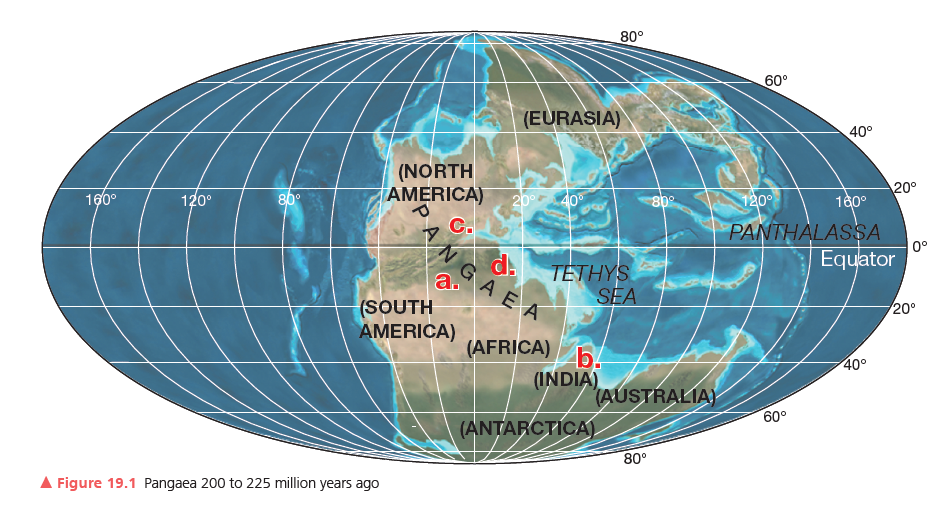Identify and describe three principles that can be used to guide environmental policy makers as they craft guidelines that minimize environmental harm.
What will be an ideal response?
The reversibility principle: Try not to make a decision that cannot be undone if it turns out to be wrong. By avoiding irreparable harm to the environment, policy makers keep options open for mitigating harm in the future.The precautionary principle: When substantial evidence exists that an activity may be harmful to people and the environment, take sufficient precautionary measures to minimize or avert the harm. The principle recognizes our dependence on natural capital and aims to protect that capital from unnecessary harm.The prevention principle: Make decisions that prevent a problem from occurring or getting worse. Similar to the precautionary principle, this principle has the effect of protecting natural capital from preventable destruction.Answers will vary. Other principles include the humility principle, the net energy principle, the polluter-pays principle and the environmental justice principle.
You might also like to view...
In your opinion, what factors produced the long delay between the time of Wegener’s lectures and book and the time of acceptance of his theory?

What will be an ideal response?
If all the molecules of a body remained part of that body, would the body have any odor?
A) Yes, but only if that body is sweating. B) No, because there would be no molecules traveling to our nose. C) Yes, because it would still release photons. D) No, because it would no longer be what it was.
The Smithsonian obtained many specimens and artifacts from which groundbreaking hybrid
expedition? a. The Discovery Expedition b. The Resolution Expedition c. The United States Exploring Expedition d. The Challenger Expedition
Farmers often appreciate a long, light rain over many hours after a long drought, instead of a sudden downpour. This is because a long, light rain permits better
A) infiltration. B) water-holding capacity. C) transpiration. D) soil fertility.